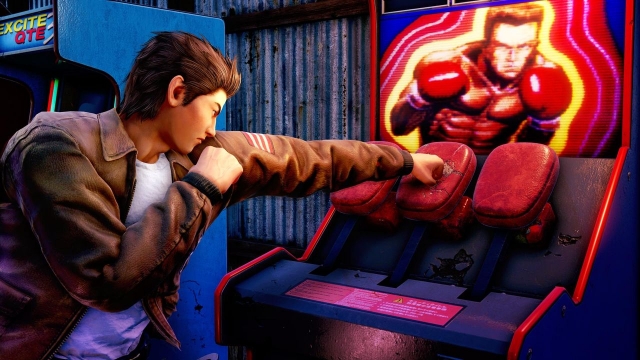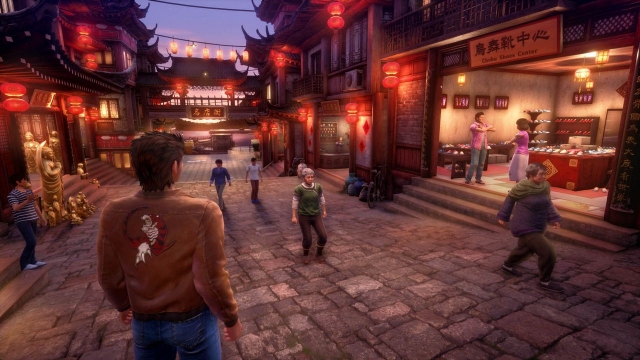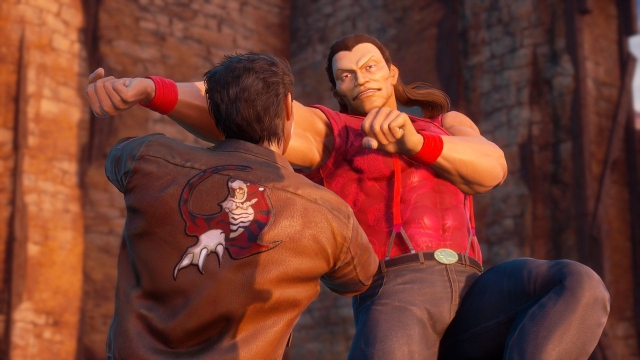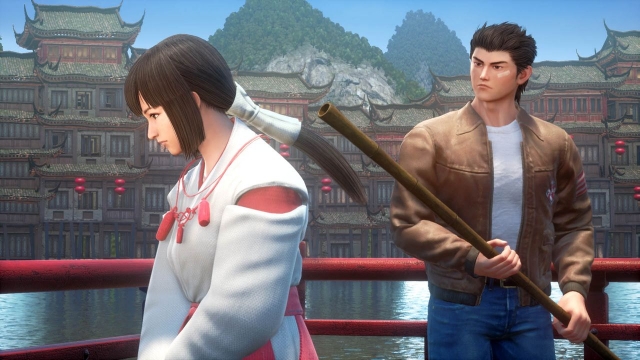Shenmue 3
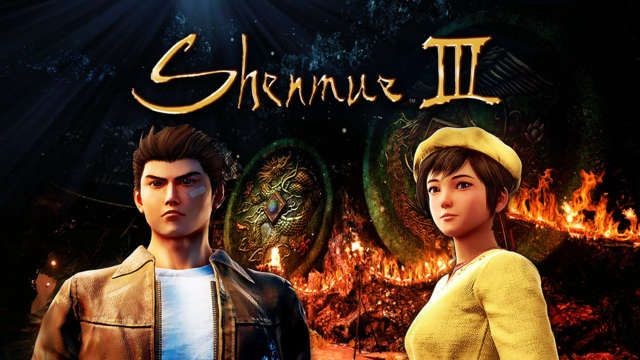
The original Shenmue was unlike anything on the market when it first hit shelves in 2000. The game was in development for many years as Virtua Fighter RPG before the focus shifted from the story of Akira to the tale of Ryo Hazuki. It was an ambitious game that focused on Ryo’s quest for vengeance as his father is killed in front of him in their home. He narrowly missed getting to the murderer Lan Di before that game ends, while the sequel ramped things up. Shenmue II was originally set for a North American Dreamcast release before Sega canceled it – but kept its release for Europe and Japan. North America did see a release for it on the original Xbox.
Instead of taking place in one small part of Japan, the follow-up sent Ryo all over Hong Kong. It’s a much larger-scale adventure than the first with a bigger cast of characters and a gigantic world. There were pros and cons to that though, as the world itself could be explored less and globetrotting resulted in making less of a bond with individual characters – while the first game’s cast was pretty much always around Ryo from the beginning to the end of that adventure. The first did have some issues where you had to wait around a lot – but also included an arcade full of games like Space Harrier and Hang-On from Yu Suzuki’s past to help pass the time.
Shenmue II introduced some of the franchise’s most memorable characters, like Joy and Ren, but while their designs were striking, we weren’t given a ton of information about them as people. One character we do get a lot of information about towards the end of the game is Shenhua, who was seen on various parts of the first game to let the player know that she would be important to the narrative in the future even if she didn’t have a direct role in that adventure. She’s a peaceful village girl searching for her destiny, and her and Ryo close out the second game in a cave with secrets being uncovered about their place in the world.
However, the game did not exactly melt the sales charts – even with a movie recapping the first game’s events for those who missed it. The franchise was long-dormant with a little nod here and there to the series – like Ryo being in All-Stars Racing and a Shenmue Online game that was canned too. E3 2015 saw Shenmue rise like a phoenix rather fittingly with the announcement of a Kickstarter to bring the franchise back, and now four and a half years later, the game is finally here with a few new wrinkles and surprisingly few compromises to its original vision.
It starts off with a completely revamped version of the second game’s ending and here is where we get a sense for just how much the modern-day tech can help the vision of the series as a whole. The supernatural parts of the original version, with swords spinning and such, has been redone to be far more organic and it gives off the vibe that maybe tech limitations of the time prevented things from working as realistically as Yu Suzuki intended. Lighting has been greatly improved and after time in the cave, it’s time to explore Bailu village – an area we got a brief glimpse at in the second game.
It’s a small area, but one that winds up tying a lot of the series-long mysteries together. It’s a quaint village that brings back a lot of the low-key greatness of the first game. Pacing is a bit on the slow side here, with a lot of side quests to do in order to gain the trust of people. New to the third entry is a fishing mini-game you can use to not only win a tournament, but regularly win a lot of money too. Herbs can be found alongside the roads and in grasslands that don’t just reward exploration with new areas, but even more money.
Gambling is far more robust now and includes not only Lucky Hit, but turtle races and things like a color-picking game that allow you to get a ton of tokens and then turn those into prizes that you then turn into cash. These games are a blast and lead to even more goofy lines that have helped make the first two entries so endearing. Arcade games are back, but without official Sega games. This part is a tad odd since there’s still a lot of Sega stuff in here, like the After Burner theme playing when you do well at the wood-chopping job. The new games include a magnetic board driving game and an amusing parody of Virtua Fighter 2 alongside Excite QTE games. Unfortunately, darts don’t make a return and that’s a minor disappointment – although maybe we’ll see it added later on as DLC.
Shenmue III’s combat has been completely revamped. The first two games had a mix of punches, kicks, and throws from a side perspective. This made the battles feel a bit like Virtua Fighter, just with an RPG-esque focus on learning techniques. You can still learn techniques here, but combat nixes throws, which really weren’t used much anyway so it’s not a big loss, but shifts the battles to a behind the back perspective. This works pretty well, but even with right stick aiming, makes fighting multiple people at once trickier than it should be. The revamped combat takes a lot more getting used to than it did before, but combat also has a more organic flow overall – so I think it’s done better than it was before.
The feeling of the original game has been replicated well here. You can explore densely-populated areas and do things like go through drawers, examine paintings, and look through various objects. Both major areas manage to keep this level of detail – which is impressive since the second half of the adventure is in an area that is closer in scale to the areas seen in Shenmue II, which didn’t give you the same level of in-universe exploration. The amount of shops you can explore has increased quite a bit – although strangely, you can’t buy things in every kind of shop. The ever-popular capsule toy and soda drinking returns, but animations are no longer featured for drinking soda. It’s a small thing, but one that does ever-so-slightly hurt the immersion level compared to the first two games.
Visually, Shenmue III looks absolutely stunning most of the game. The ever-changing character models before release have wound up giving us characters that look like they fit in with what we saw on the Dreamcast – just with a dramatic increase in detail level. Environments look lush as well and things like rain and reflections show that modern-day hardware is really something that would benefit a remade version of the first two games down the line. The technology of 20 years ago just wasn’t quite enough to do justice to Yu Suzuki’s vision – but Unreal 4 does and allows for all the little details we got bits of before to be fully fleshed-out. There are some visual issues like Ryo’s jacket clipping in slightly odd ways, but that’s really minor and something you can fix by just taking his jacket off. Being able to customize his appearance is also neat, but feels a tad odd after 20 years of getting used to seeing him in jeans, a white shirt, and dark brown jacket.
Shenmue III’s soundtrack is remarkable. A lot of classic songs return here and are remixed, but there are a ton of new songs that capture the serenity of Bailu and remain something you have stuck in your head after playing. This holds true as well in Naiowu, where the scale of the adventure skyrockets and the pace intensifies in the soundtrack to go alongside it. The English voice work is exactly as ‘so bad it’s good’ as expected – with some genuinely good work thrown in too. Shenhua’s actress gets across her earnest nature, while Corey Marshall manages to find some emotion in Ryo even if he does still come off as someone with the personality of lightly-heated toast most of the time.
Overall, Shenmue III isn’t perfect – but it is a fantastic successor to the original two games. Given that this was originally a Kickstarter game and did get a bit of supplemental funding after the fact, but is still “low budget” compared to the first two, it’s incredible just how much Ys Net did with a more limited budget. This truly feels like a Shenmue game with just a couple of small corners cut in the grand scheme of things. The lack of classic Yu Suzuki arcade games hurts slightly – but that blow is lessened a bit by those being put in so many Yakuza games alongside Fist of the North Star recently, so the novelty isn’t quite there like it was 20 years ago when arcade-perfect versions weren’t on consoles. The core of what made Shenmue so special before is retained, and Yu Suzuki’s ability to keep the story flowing seamlessly for 20 years is remarkable. If you loved the first games, get this as soon as you can. If you haven’t tried the series, then the remastered version is the best way to start and then grab this when you feel ready.
Reviewed By: Jeremy Peeples
Publisher: Deep Silver
Rating: 90%
——————————————————————————–
This review is based on a digital copy of Shenmue 3 for the PlayStation 4 provided by Deep Silver.
 Game Over Online
Game Over Online